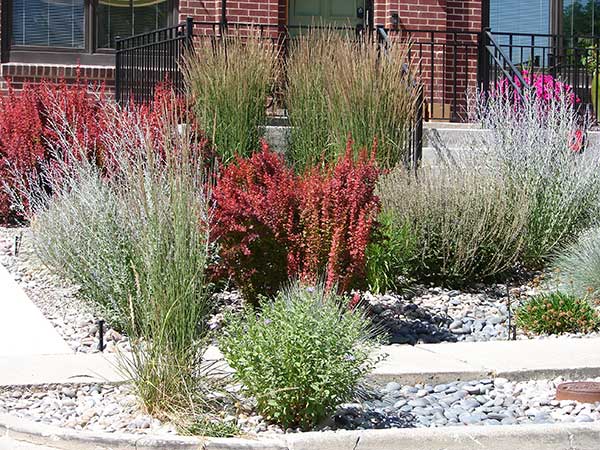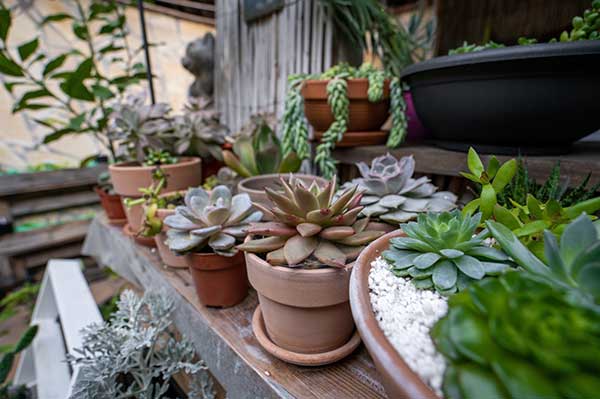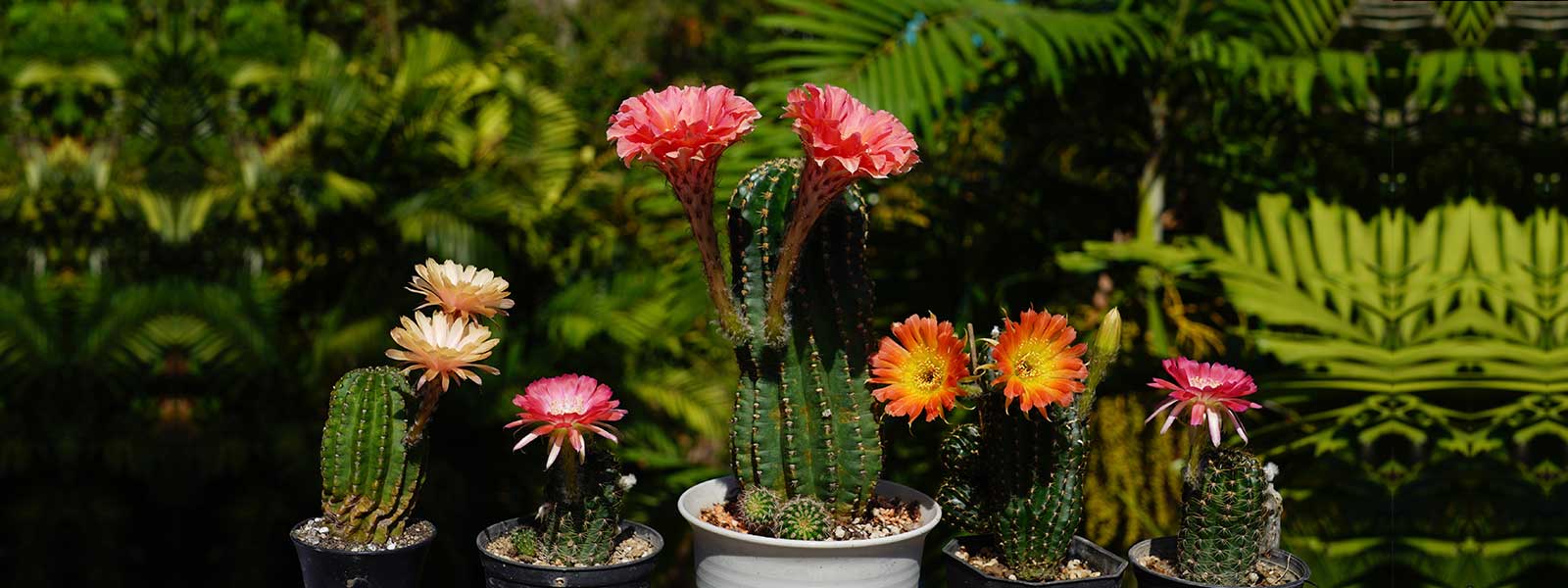Water Wise with Xeriscaping
As signs of climate change heighten, taking their edge off can begin at home. In tending to our gardens, even the small balcony ones, we could find that xeriscaping makes for good response.
Quite unbelievably, Delhi had to live through a maximum of 52 degree Celsius, 10-11 degrees above normal, recently. Many other places across north, west, and even east India had to and are doing likewise—with severe heat waves sucking the energy from life. And, even as demand for water and power rises, supply falls alarmingly—a feature that is only expected to intensify.
Way back in 1981, the Denver Water Board in the US took a decision to reduce water use during droughts by encouraging residents to replace water-intensive lawns and gardens with drought-tolerant plants that required less maintenance. They called it Xeriscape, combining the Greek word ‘xeros’ meaning dry with the English word, landscape.
Today, as climate change weighs heavy on us, xeriscaping could well be a responsive measure to water scarcity and living life sustainably—a baby but proactive step that begins at home. Growing gardens with plants and trees that are drought and heat-tolerant, water-efficient, cost-effective, and low maintenance can happen on large grounds, small spaces, or even in sprawling or compact balcony gardens.

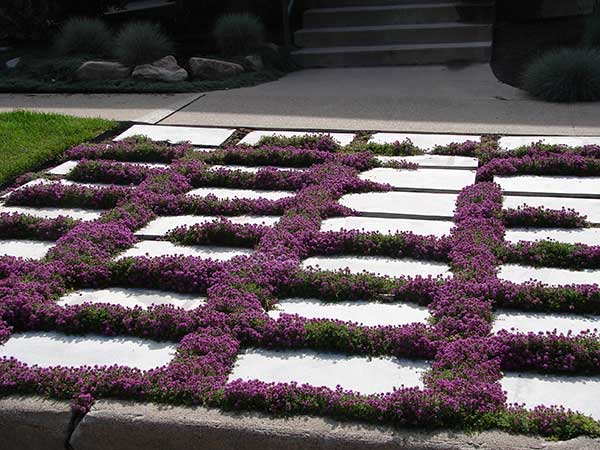


the first steps
Bulwarked by many benefits, xeriscaping works on some simple principles. First is planning and designing, the foundation for a successful sustainable garden. So, assess your available space. Is it a sprawling yard or a small balcony? Observe which area is sunny and which is shaded: the sine qua non to grow plants appropriately. For large spaces, consider raising beds to improve drainage or use companion-planting techniques to maximise space and reduce pests naturally. Assign areas for paths, sidewalks, a sitting area, a lawn or even a water feature to make your garden beautiful and useful.
When it comes to a balcony garden, plan the position of the planters according to their sizes and shapes. Arrange bigger containers and beds around the outer edges, use wall space for vertical gardening and grills and railings for hanging planters for optimal space utilisation.
Thereon will come soil testing which will give you useful information about pH level, nutrient content, and possible contamination. Add proper organic amendments for fertility and good drainage. For ground cover, think gravel, sand, and drought-tolerant varieties of grass and succulents.
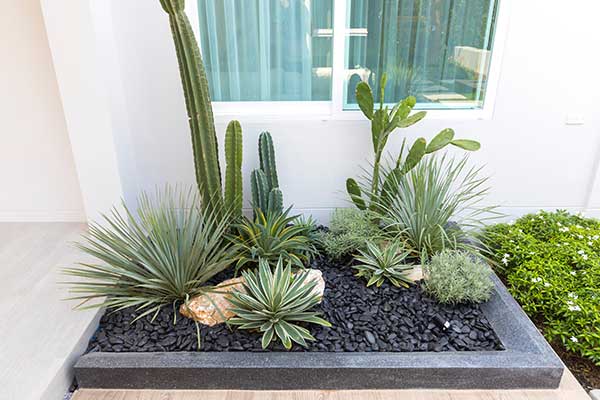
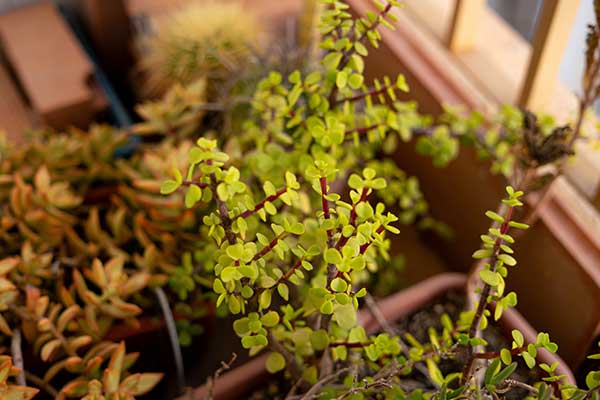
planting and nurturing
When you think xeriscaping, don’t only think gravel, sand, and cactus. Xeric gardens can be lush and green with the right kind of drought-tolerant and native plants—those that are resilient, need less care, and grow profusely in low-water regimes of local weather conditions. Succulents, herbs, shrubs, fruits, vegetables, climbers and trees—everything can be grown in a xeriscape garden landscape. Simply select the right plants for easy maintenance.
As for watering the plants, the trick is to use drip irrigation and not water sprinklers. This not only delivers water directly to the plant’s roots, it also minimises water loss due to evaporation and runoff—thereby helping to conserve water. Yet another watering trick is to install rain barrels to collect and reuse rainwater. In smaller gardens, of course, a watering can instead of a hose will prevent wastage of water. One golden rule is to water plants deep; and infrequently.
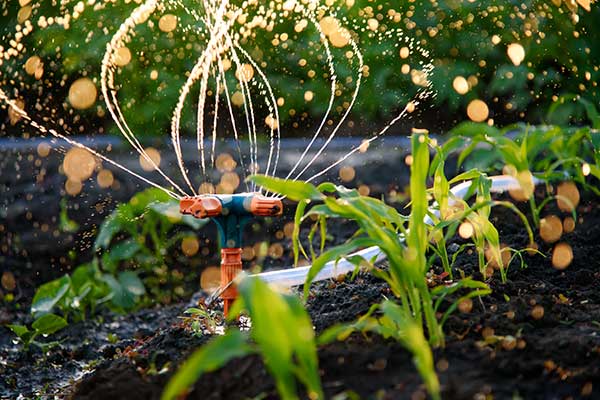


using mulches
Mulches are fantastic for reducing the need to water frequently and promoting healthier, more resilient plants in your garden. They hold moisture and conserve water, suppress weeds, reduce soil erosion, and improve soil structure. Use organic mulches like bark chips, straw, grass clippings, and compost since they provide nutrients to the soil as they decompose. No doubt inorganic mulches like stones or plastic sheeting lasting long, but they don't add nutrients to the soil. Mulches act as a barrier, reducing evaporation from the soil surface. This means the soil retains moisture for longer periods, reducing the frequency of watering. One point to note before applying mulch is to water the soil thoroughly. The idea is to ensure that the soil beneath the mulch is adequately moist, maximising its benefits.

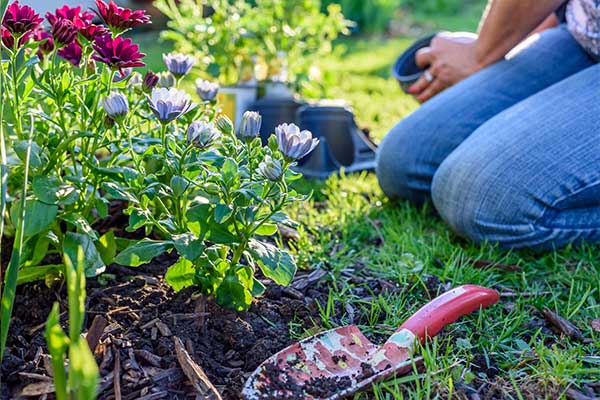
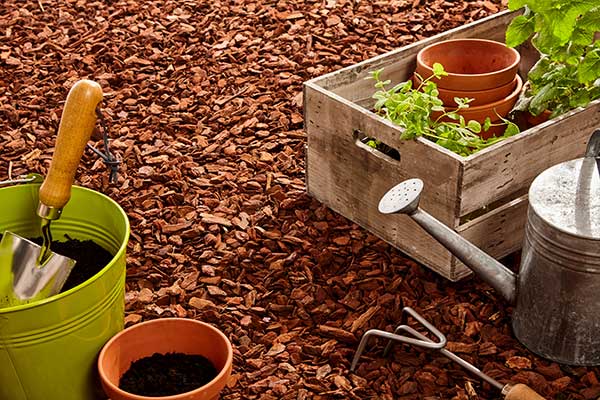
Periodically, you might also need to replenish mulch as it decomposes—to help maintain its effectiveness in conserving moisture and providing other benefits to your plants. However, even with mulch, it is essential to monitor soil moisture regularly by sticking the finger into the soil to gauge moisture level. If it feels dry an inch or two below the surface, it is time to water.
finally…
Xeriscapes need very low maintenance once the plants are settled. However, no matter how water-efficient the plants may be, they need to be watered to get them started and to maintain them through their lifecycle. Pull away weeds and clear away dead branches and leaves. Use organic fertilisers and pesticides. In balcony gardens, to maintain a neat look, deadhead the plants; also prune and pinch them to keep them in bounds and encourage bushiness.
Xeriscaping is a great way to nurture our garden while caring for the planet. It helps to maintain a garden in harmony with nature, minimising environmental impact.
